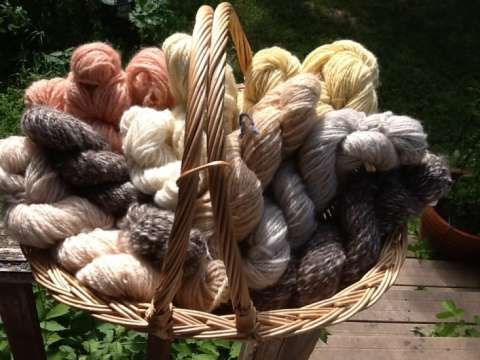June 25, 2013
Hunting for Wild Color
Today I took a drive on some of the small roads near my home. I live in the middle of farm country, so much of the land near me is used for crop production. Farmers are pretty diligent about controlling weeds in their field. Especially those on the Minnesota Department of Ag Noxious Weed list. The ditches and railroad beds are still good hunting grounds. I have spotted several plants that are identified as dye plants, and several that, although not listed, seem like they may have something to offer. Can't hurt to try, right?


A couple other plants I gathered were Showy Milkweed and Northern Bedstraw, a relative of Lady's Bedstraw. I have found stands of Winter Cress, Goat's Beard, Bindweed, Indian Hemp, and several thistles, wild roses and more that I will get another day. I am looking forward to trying a lot of new plants this summer.


